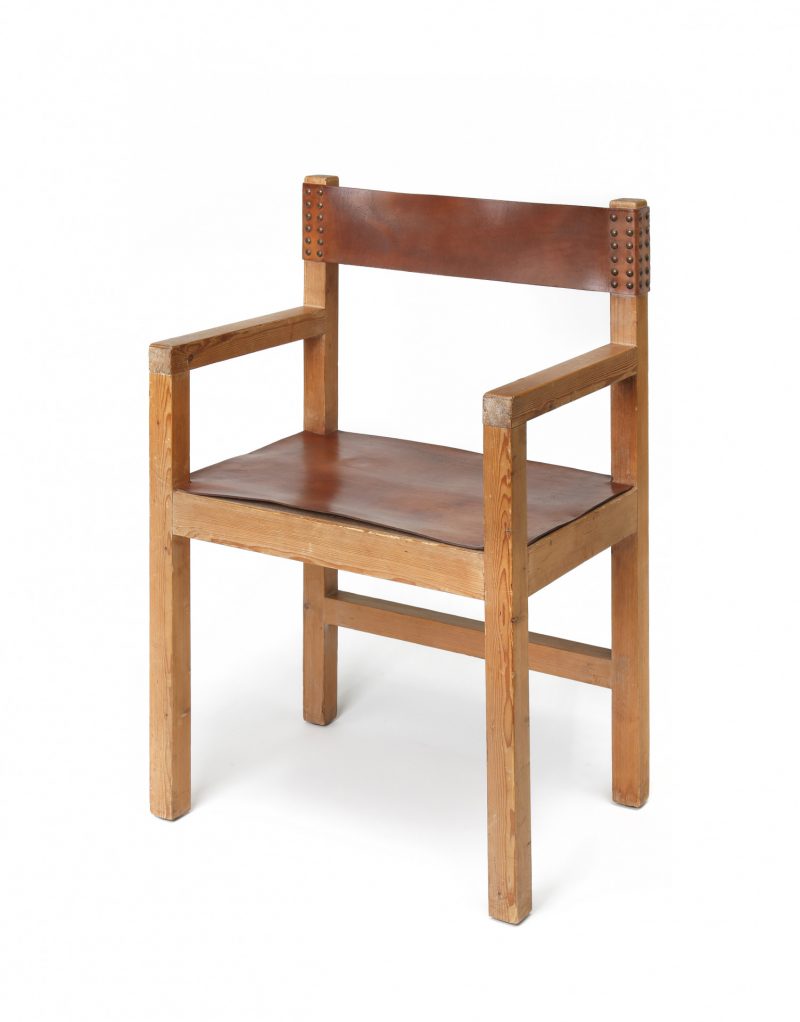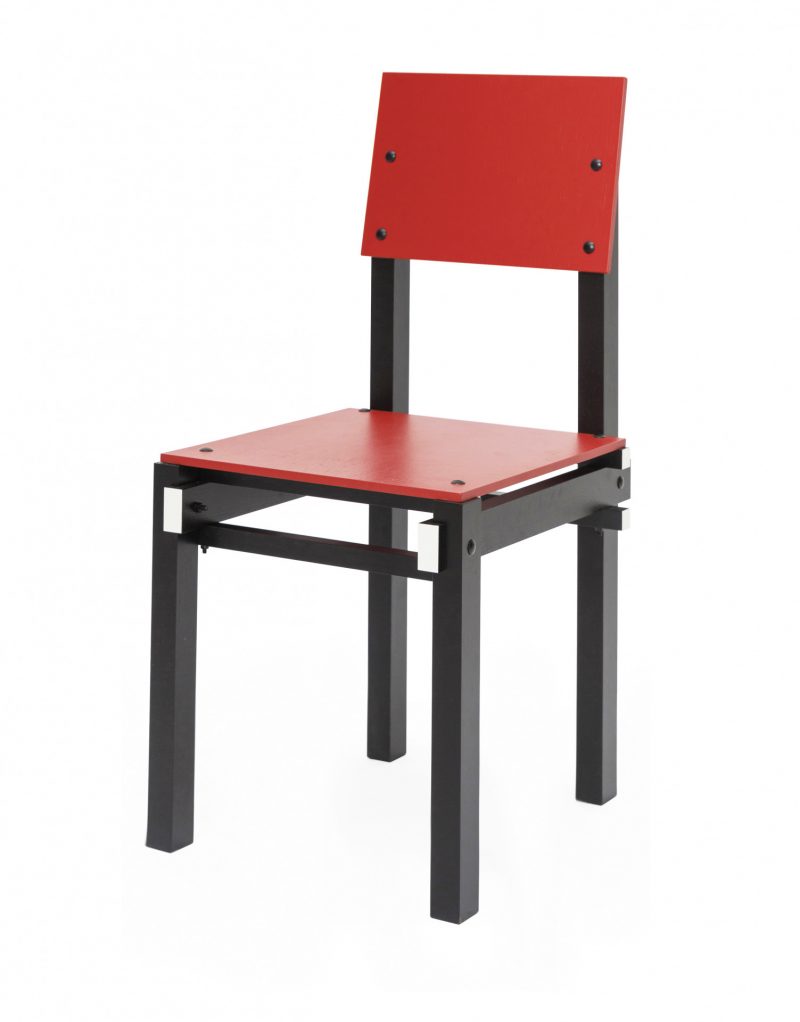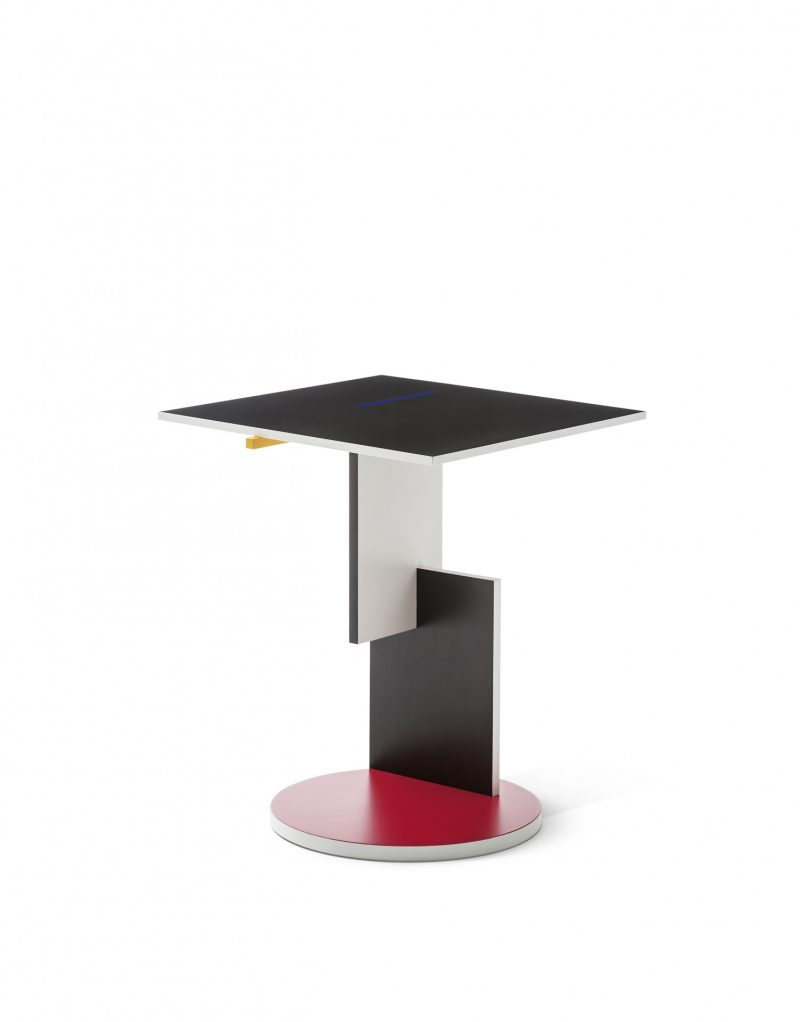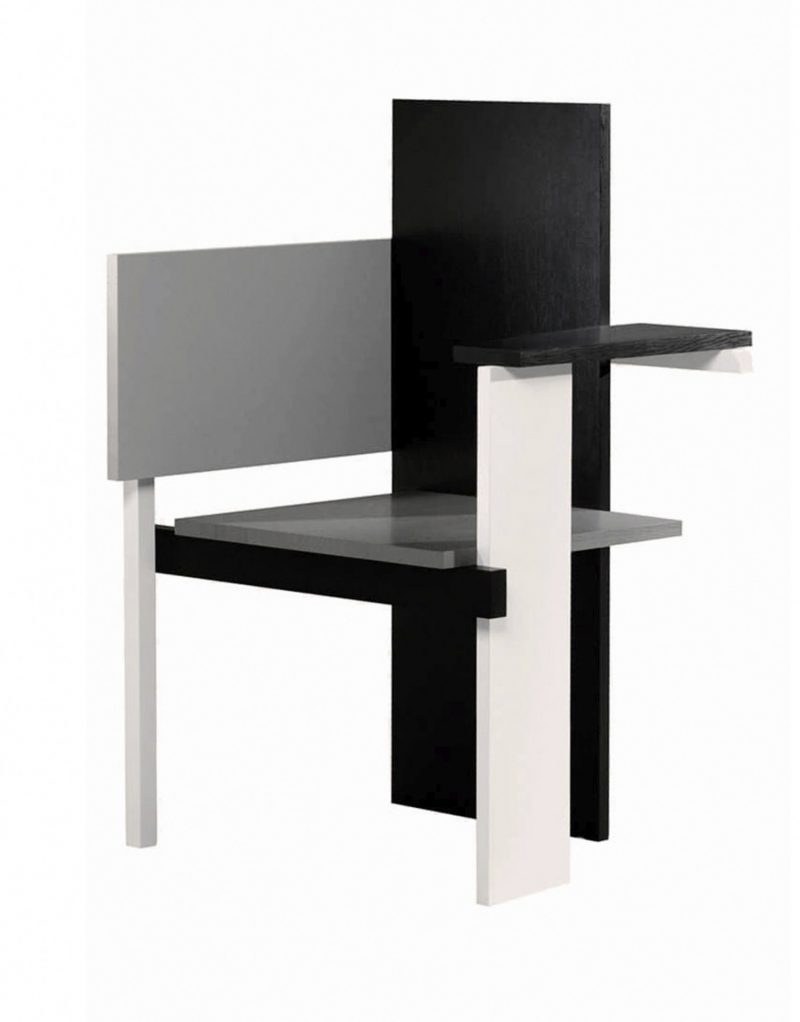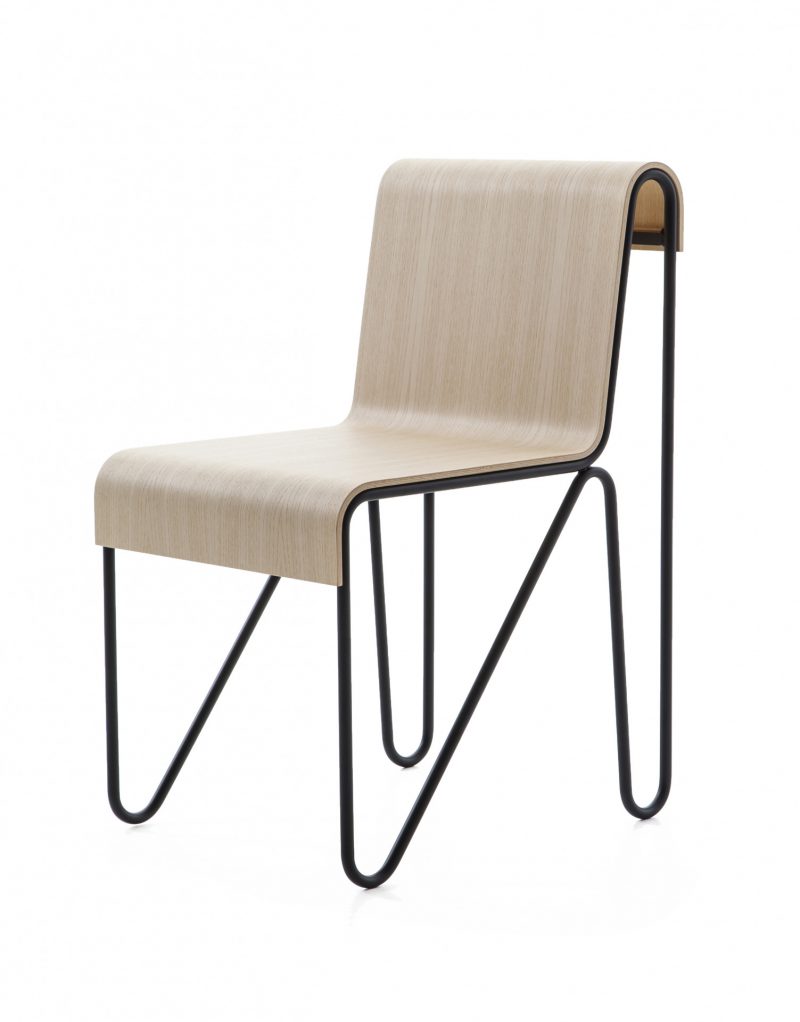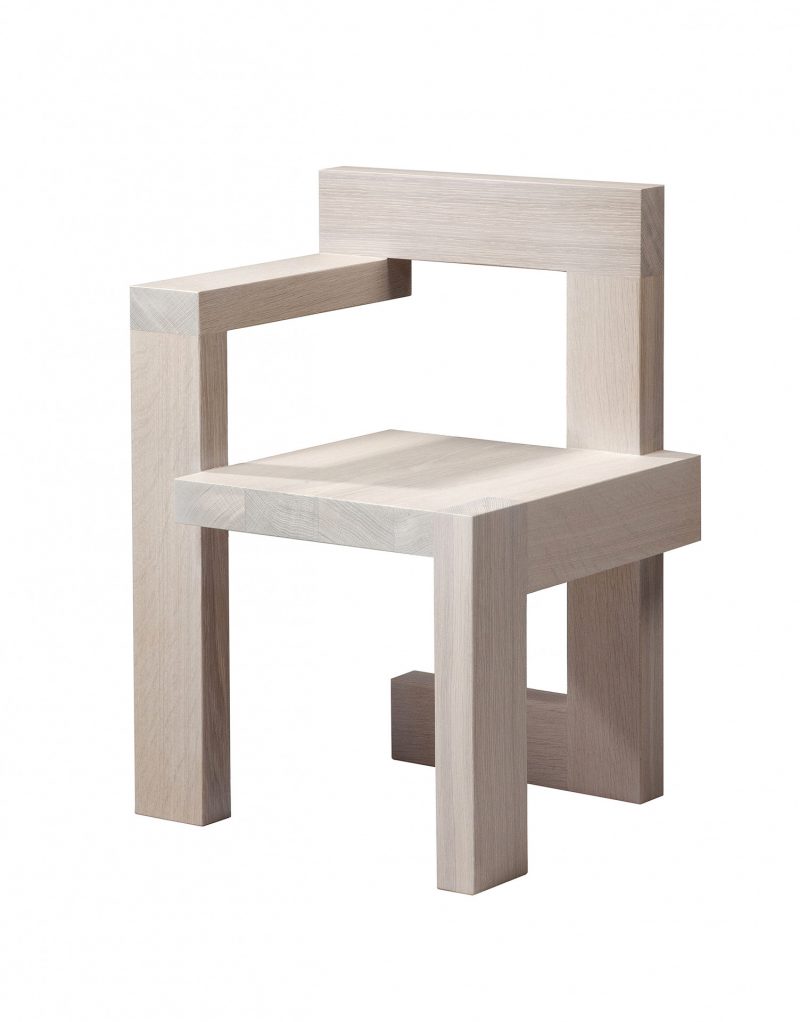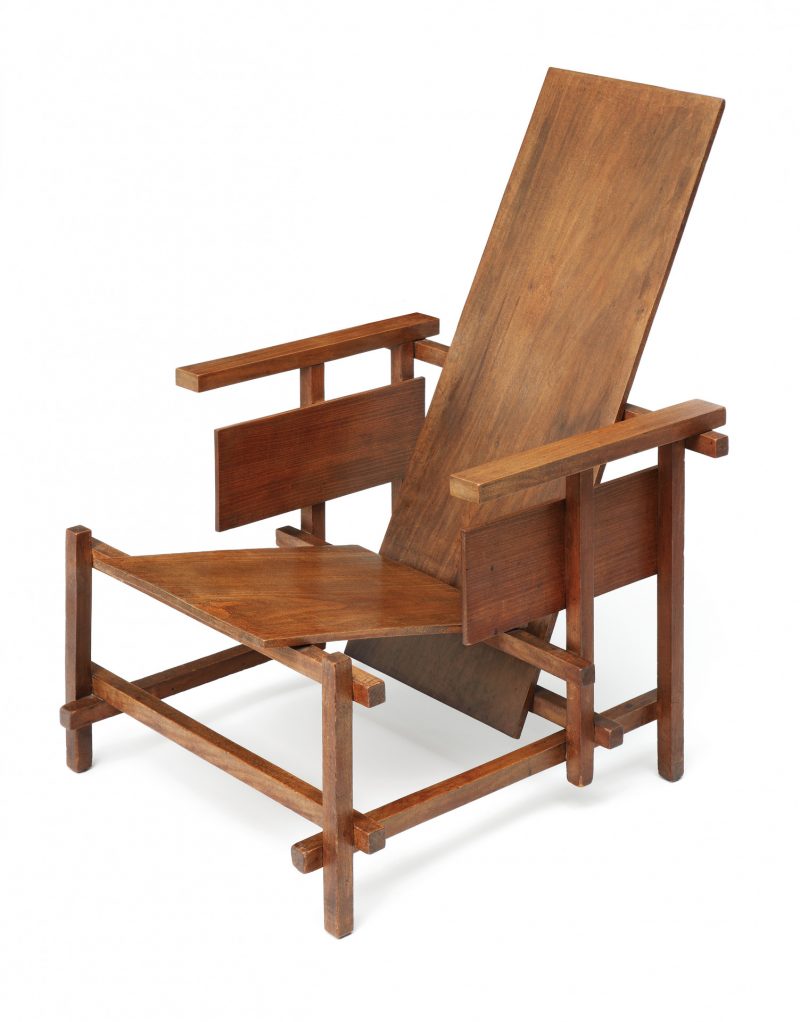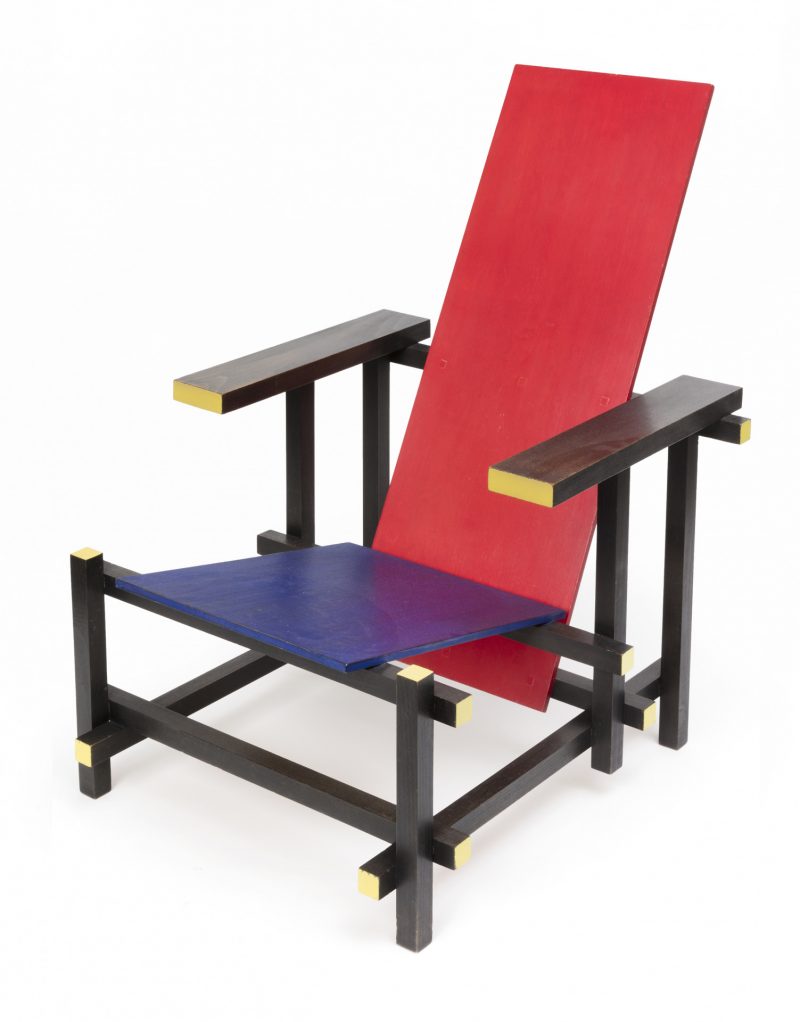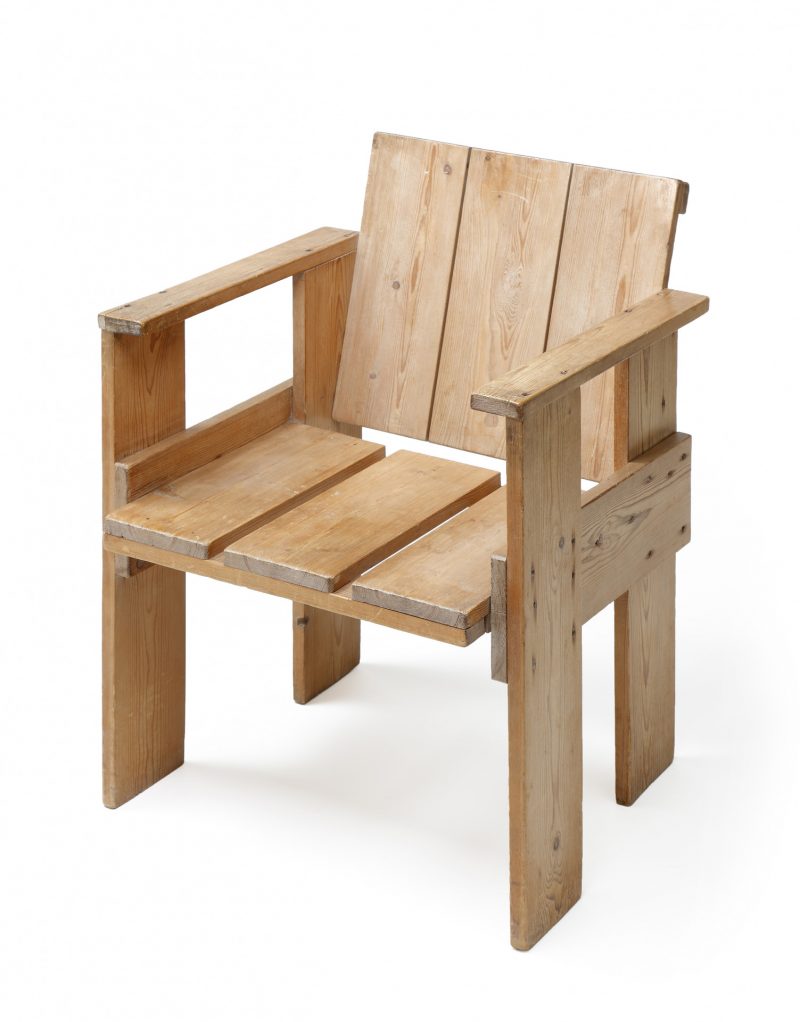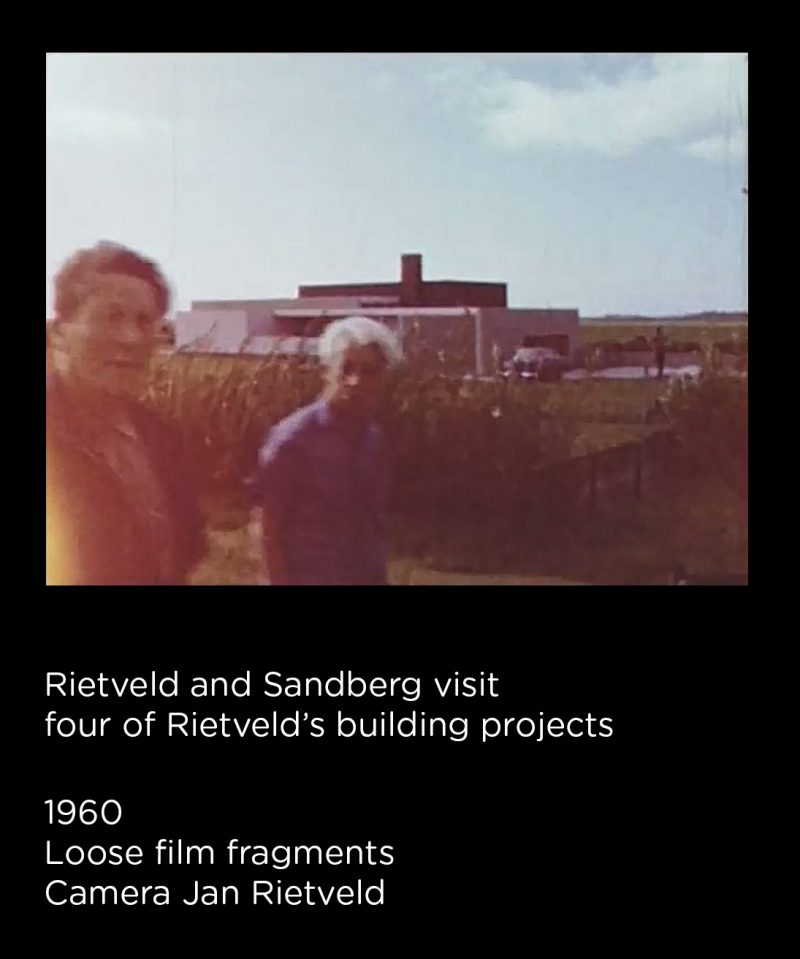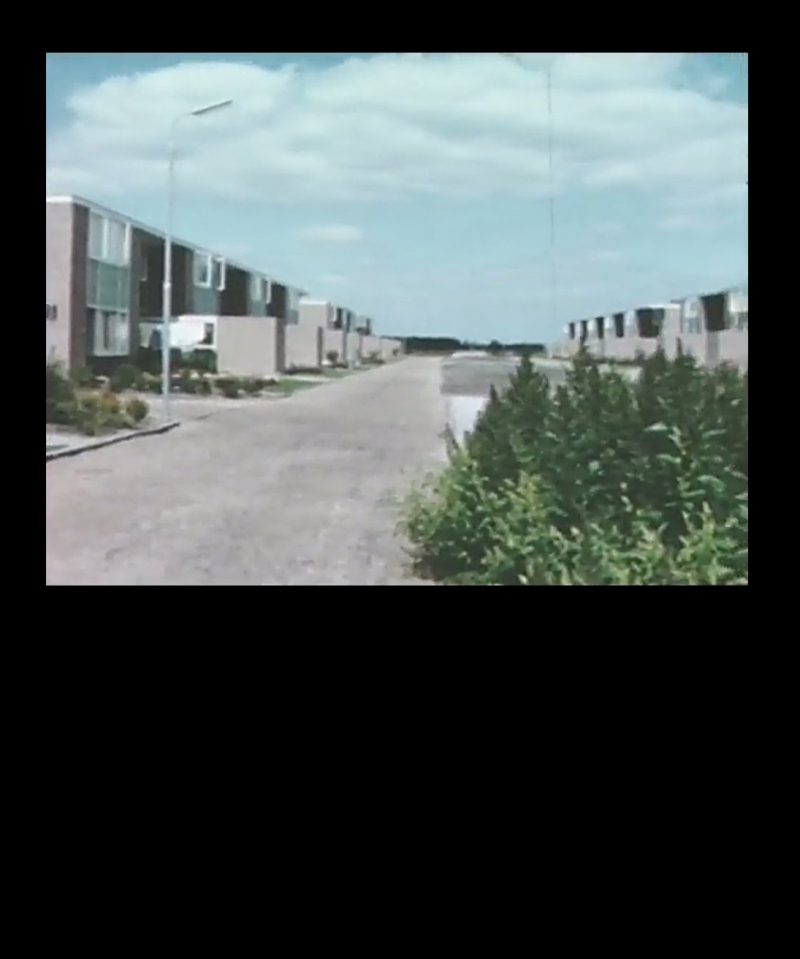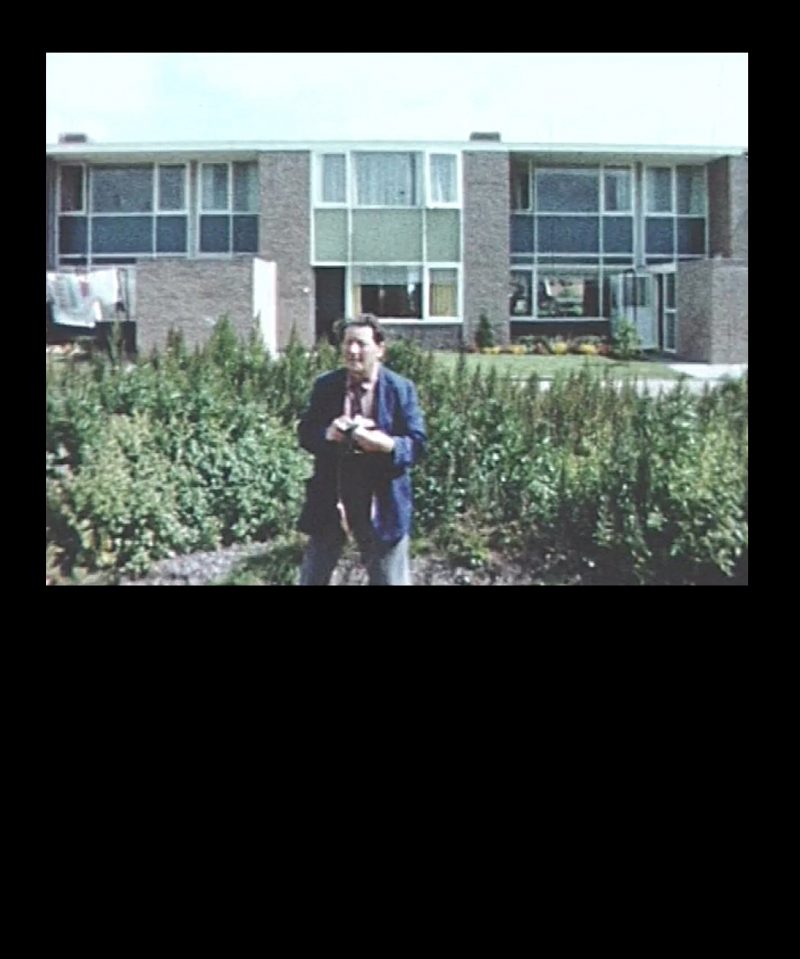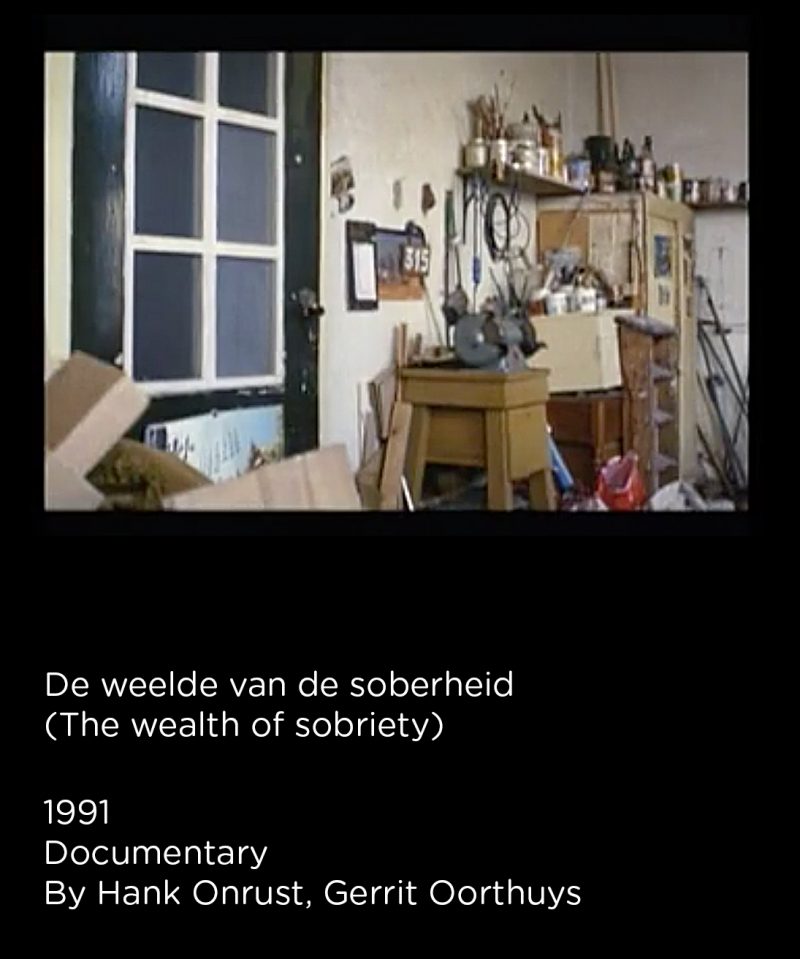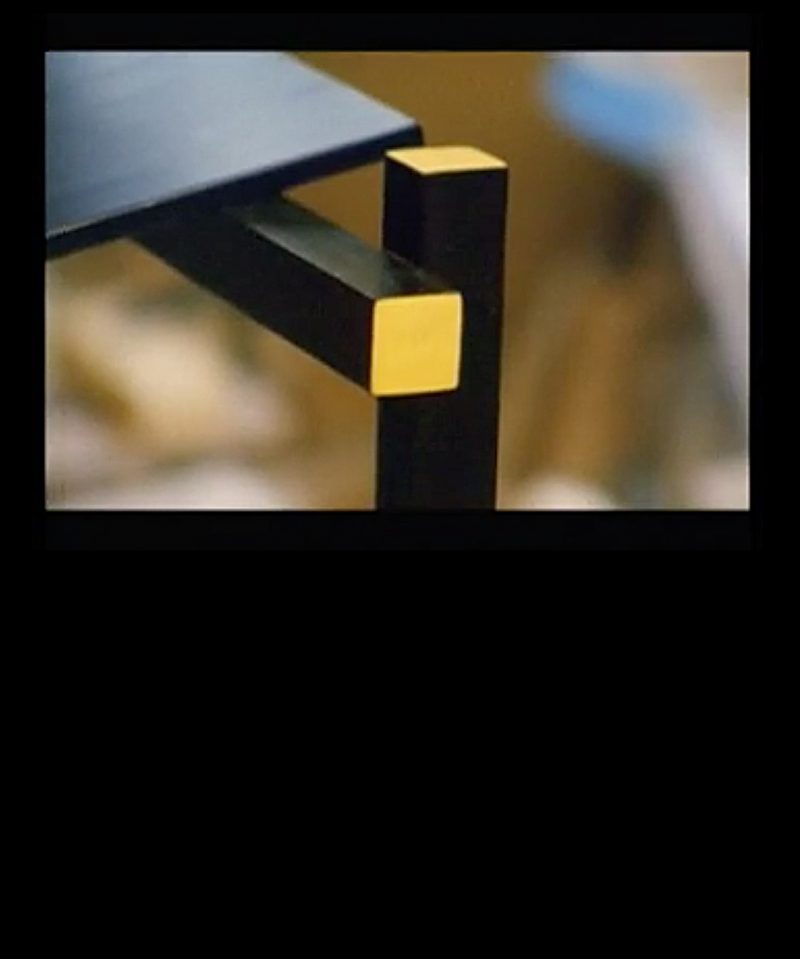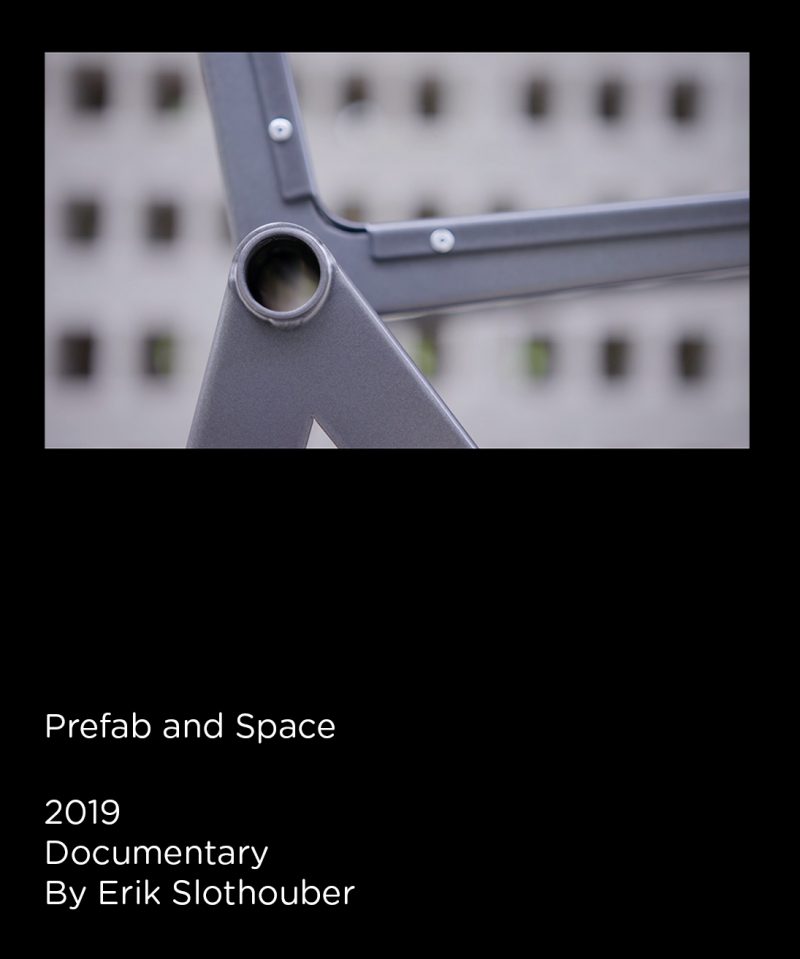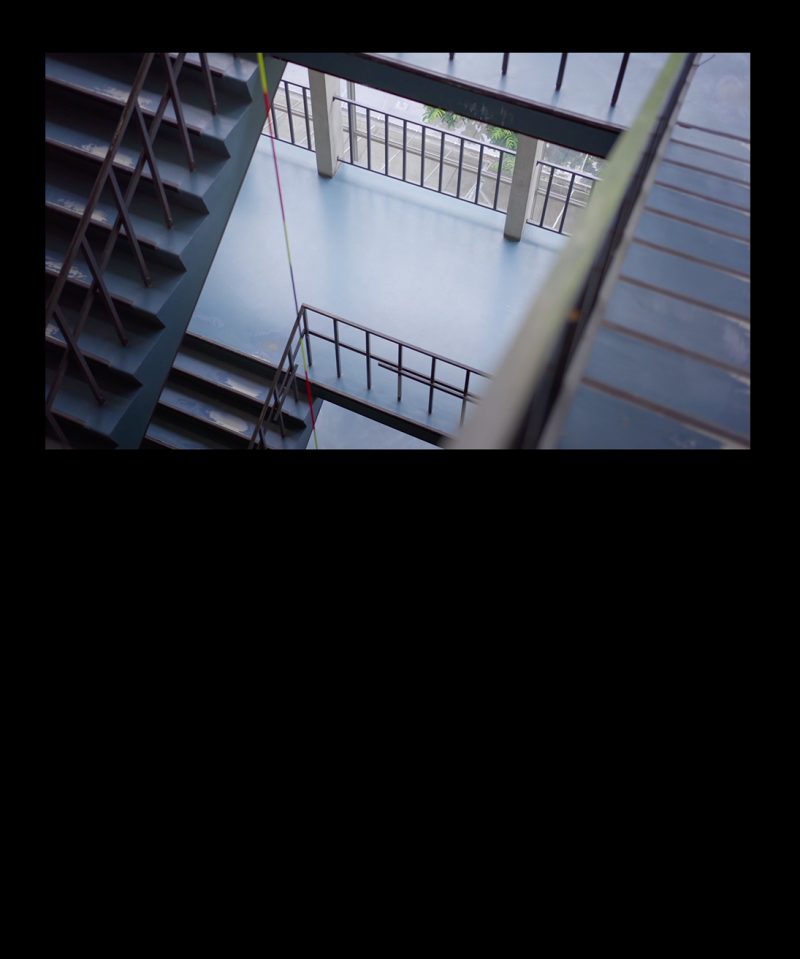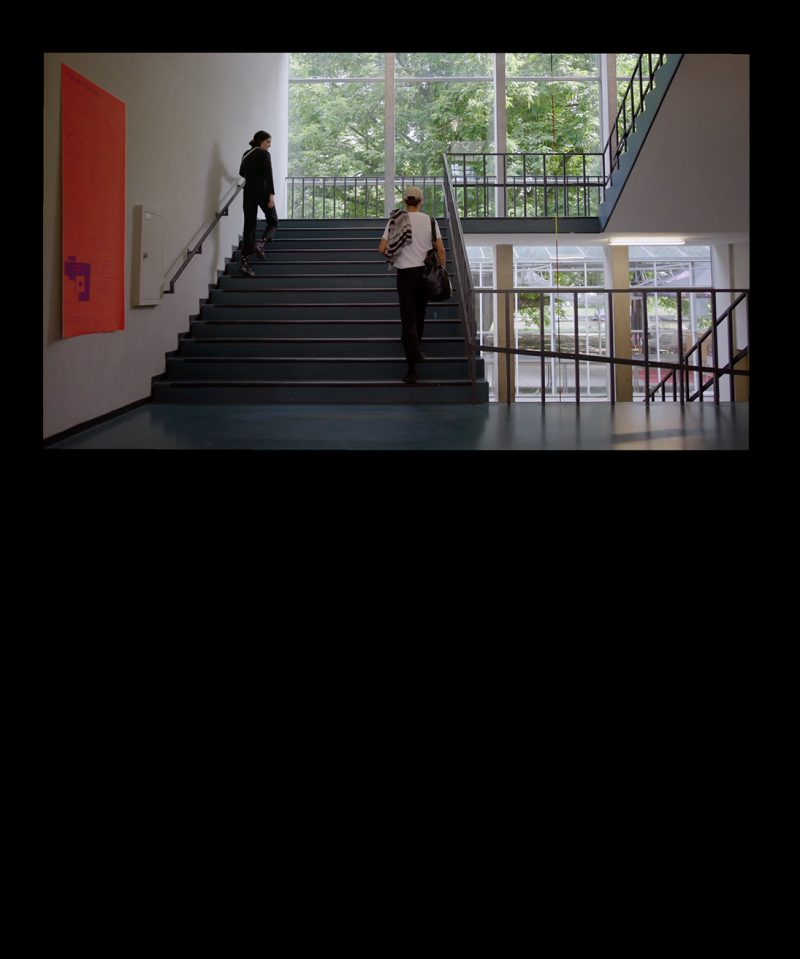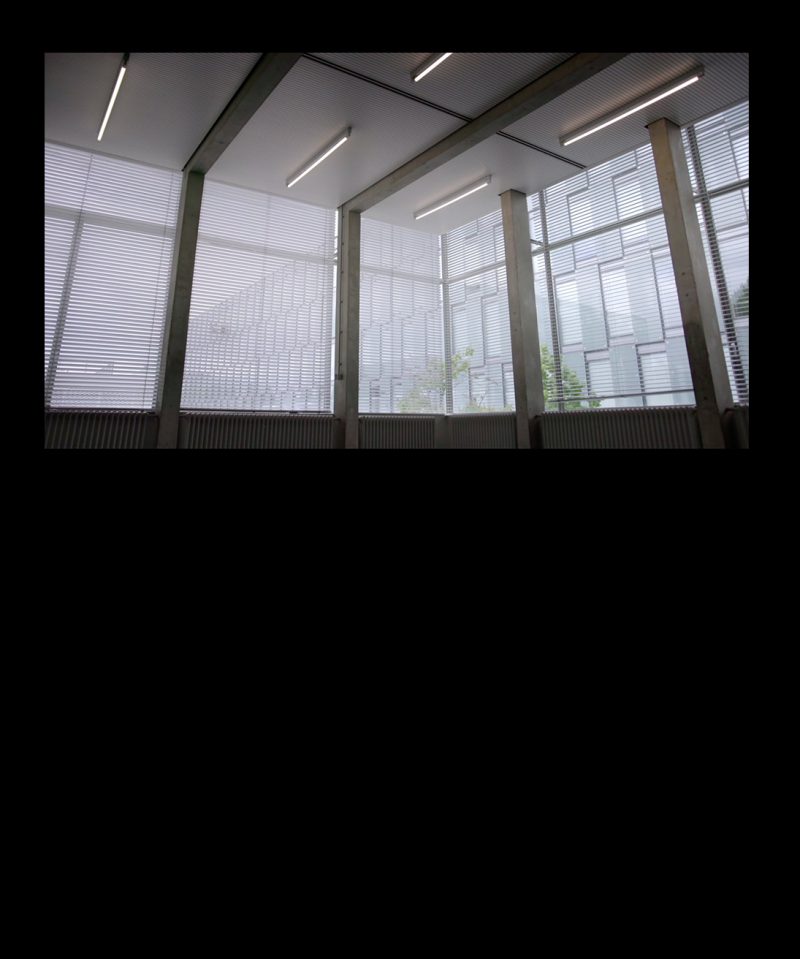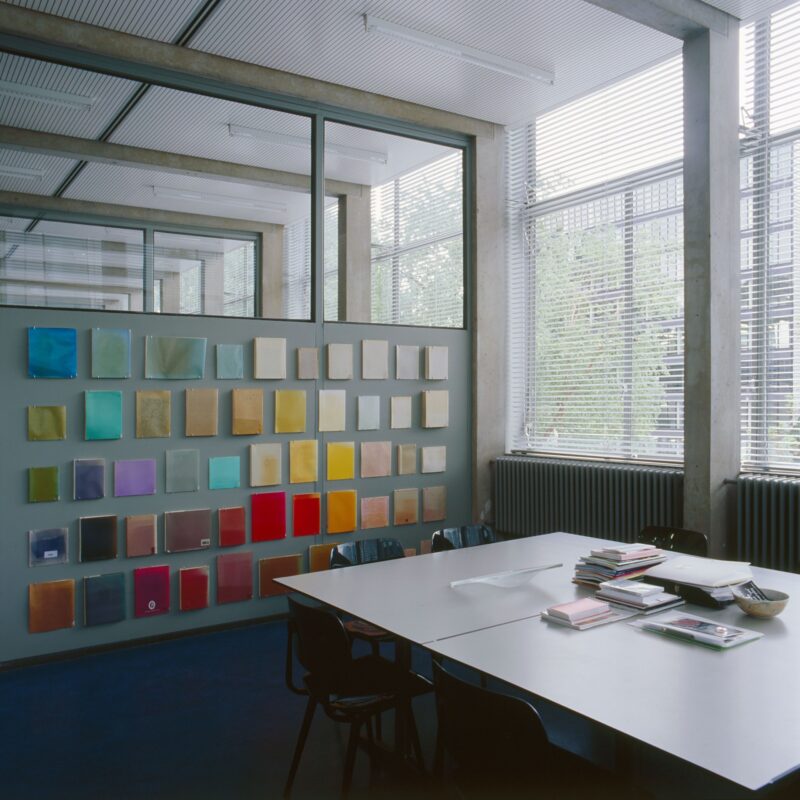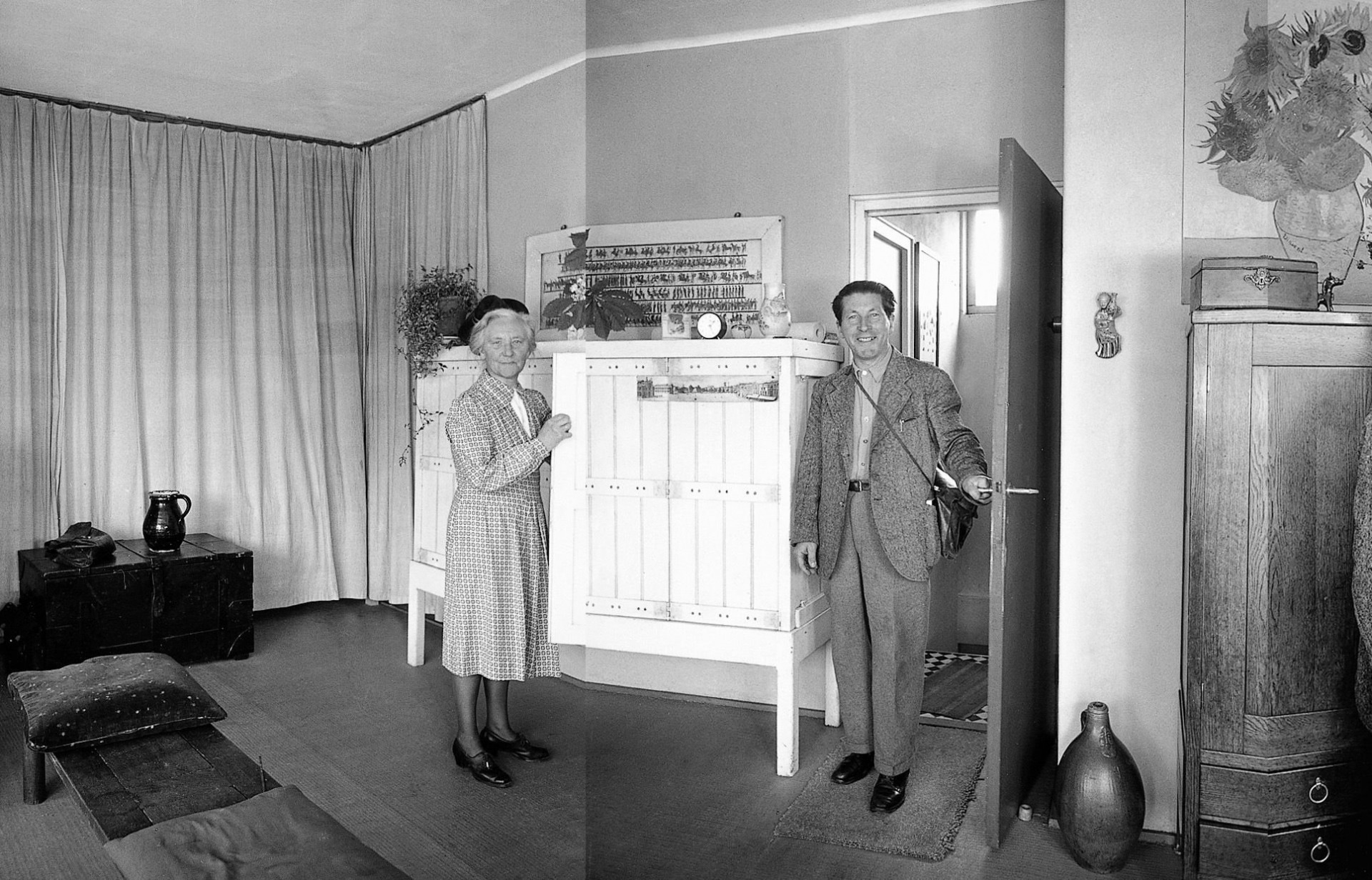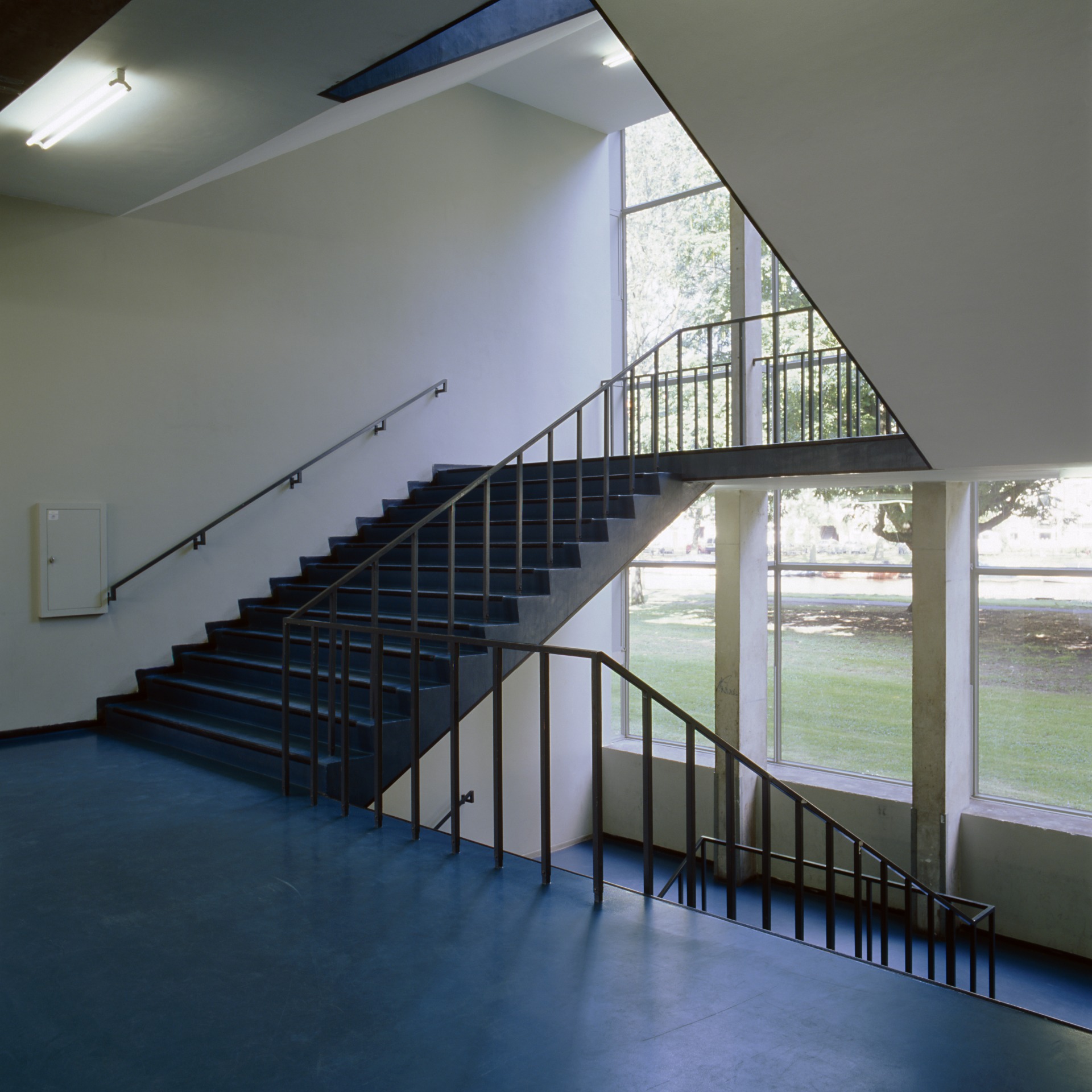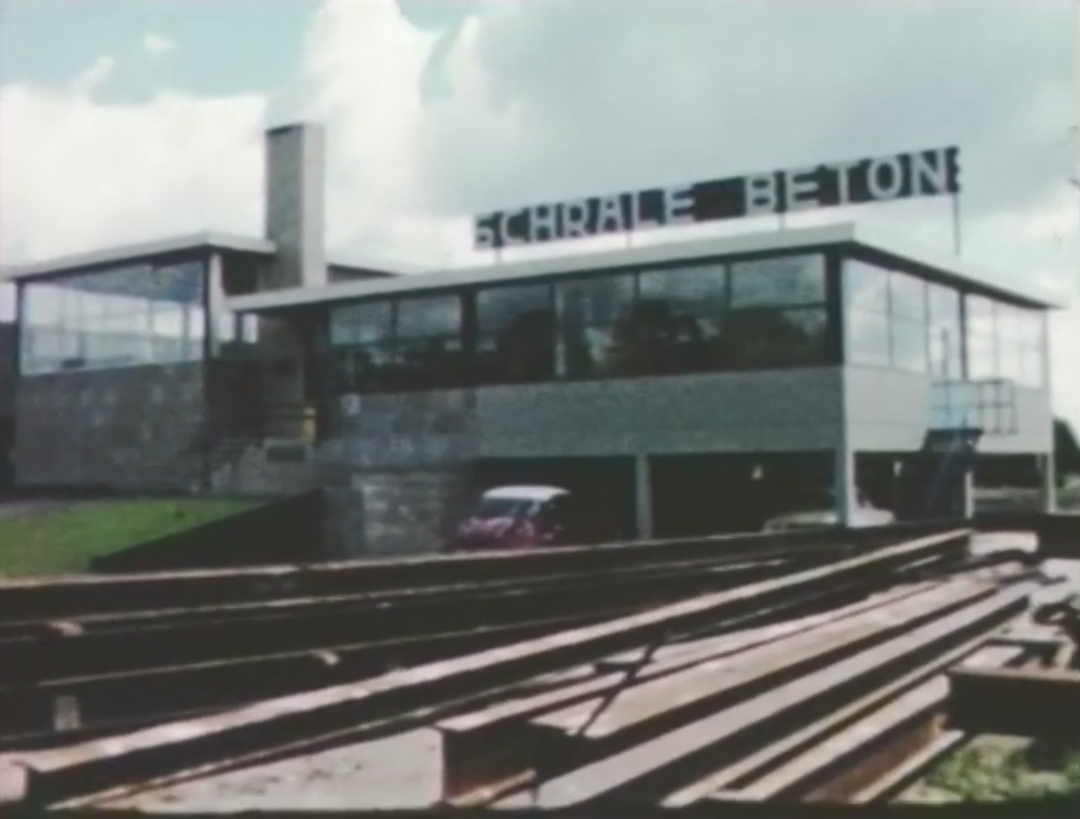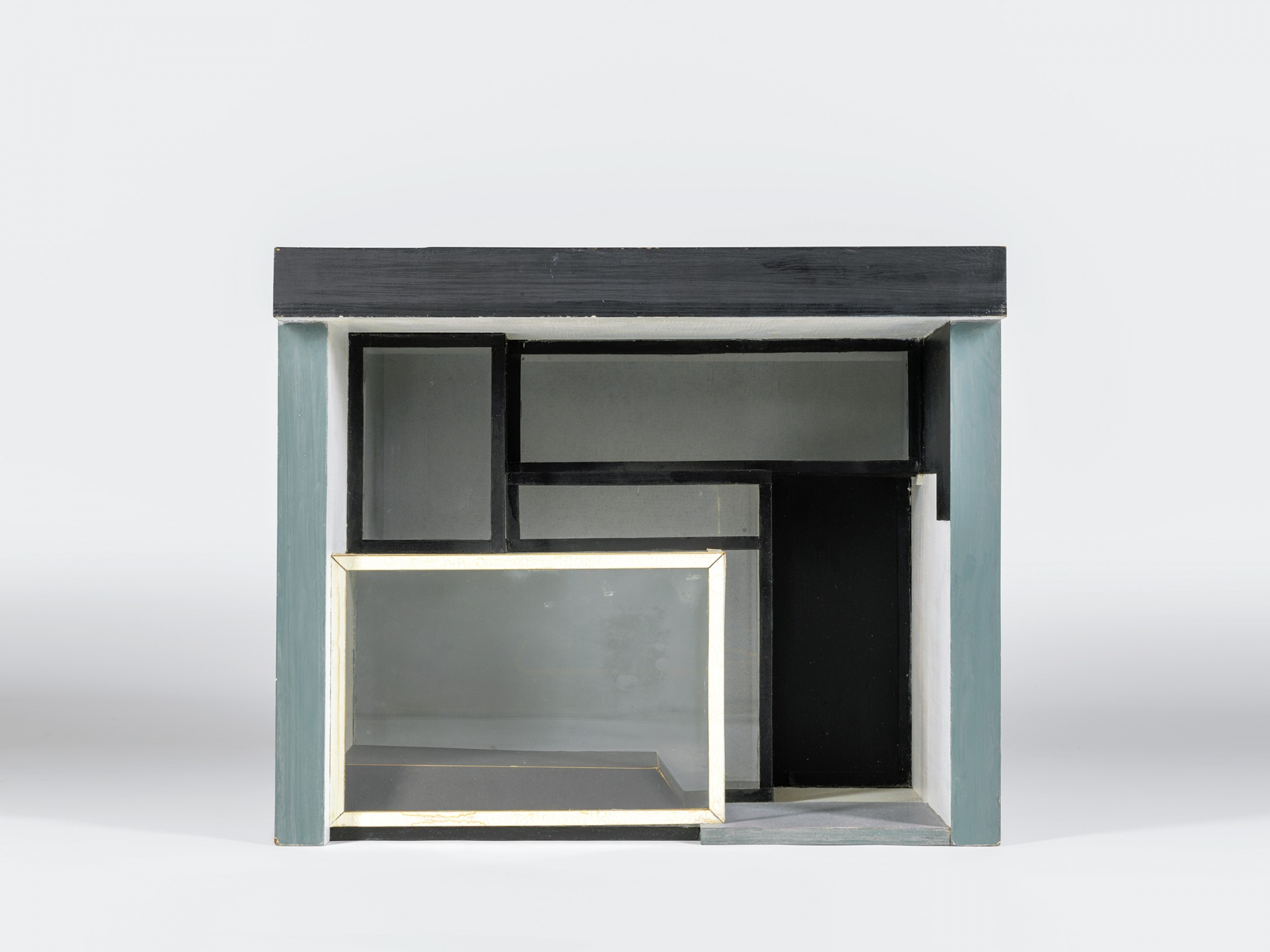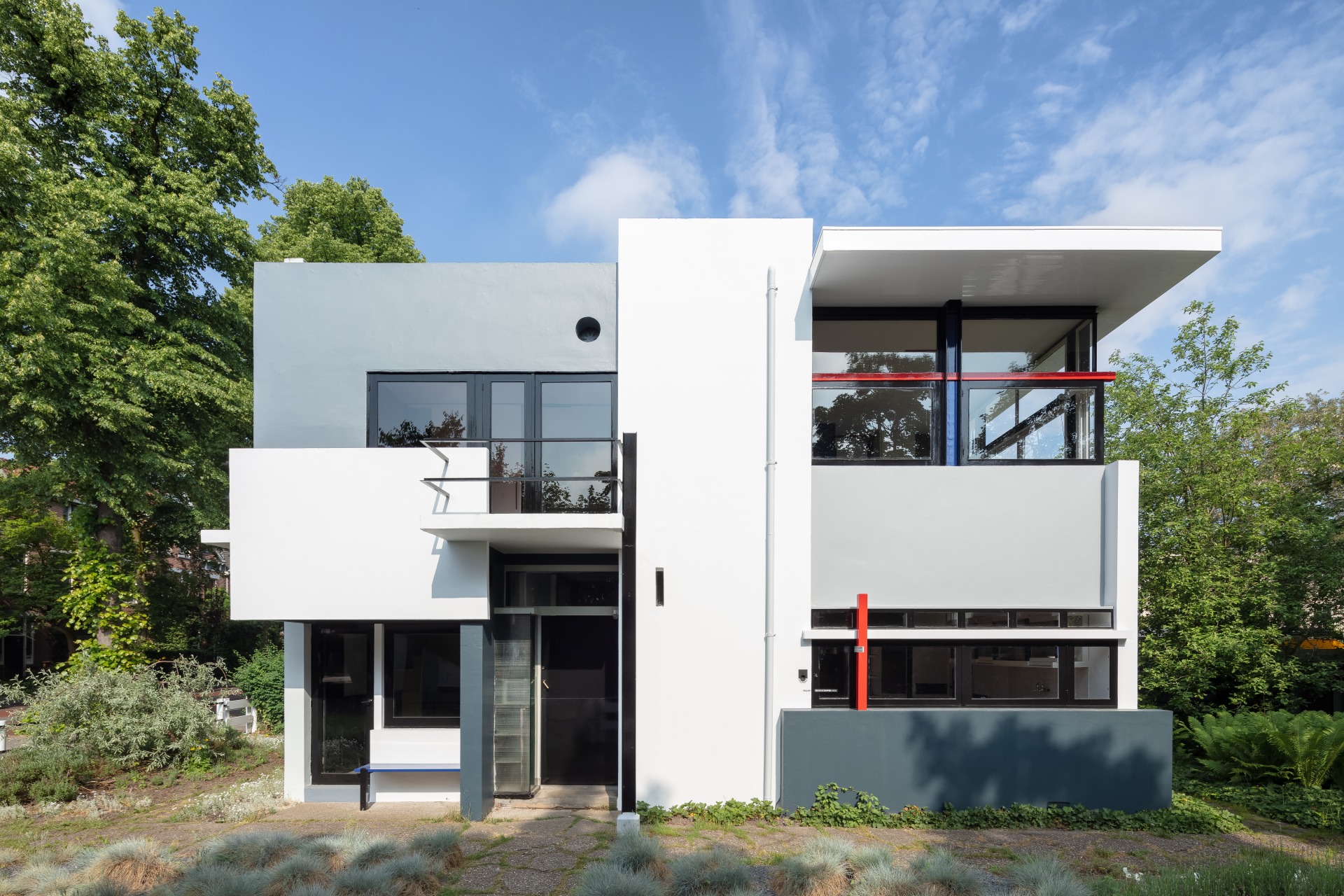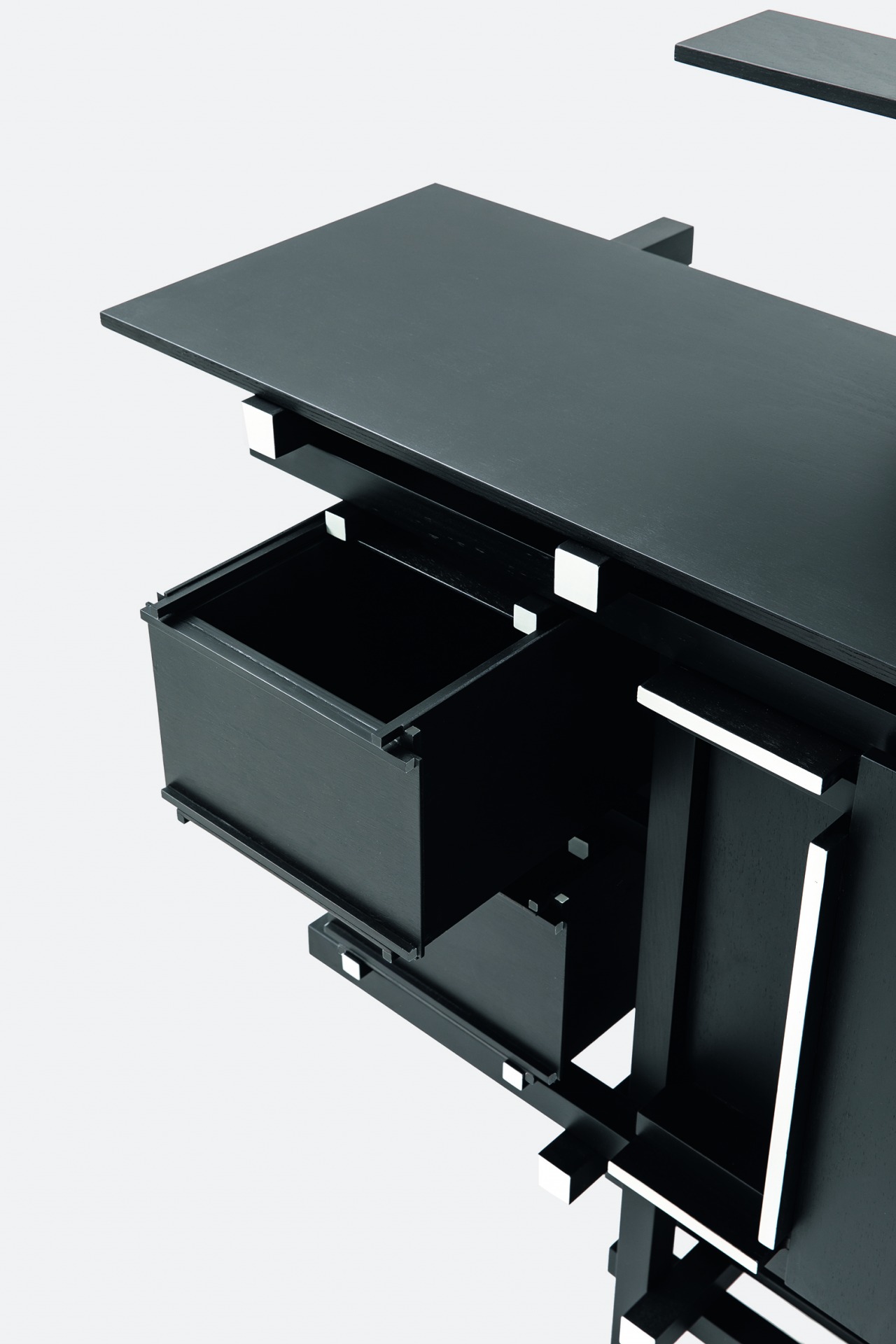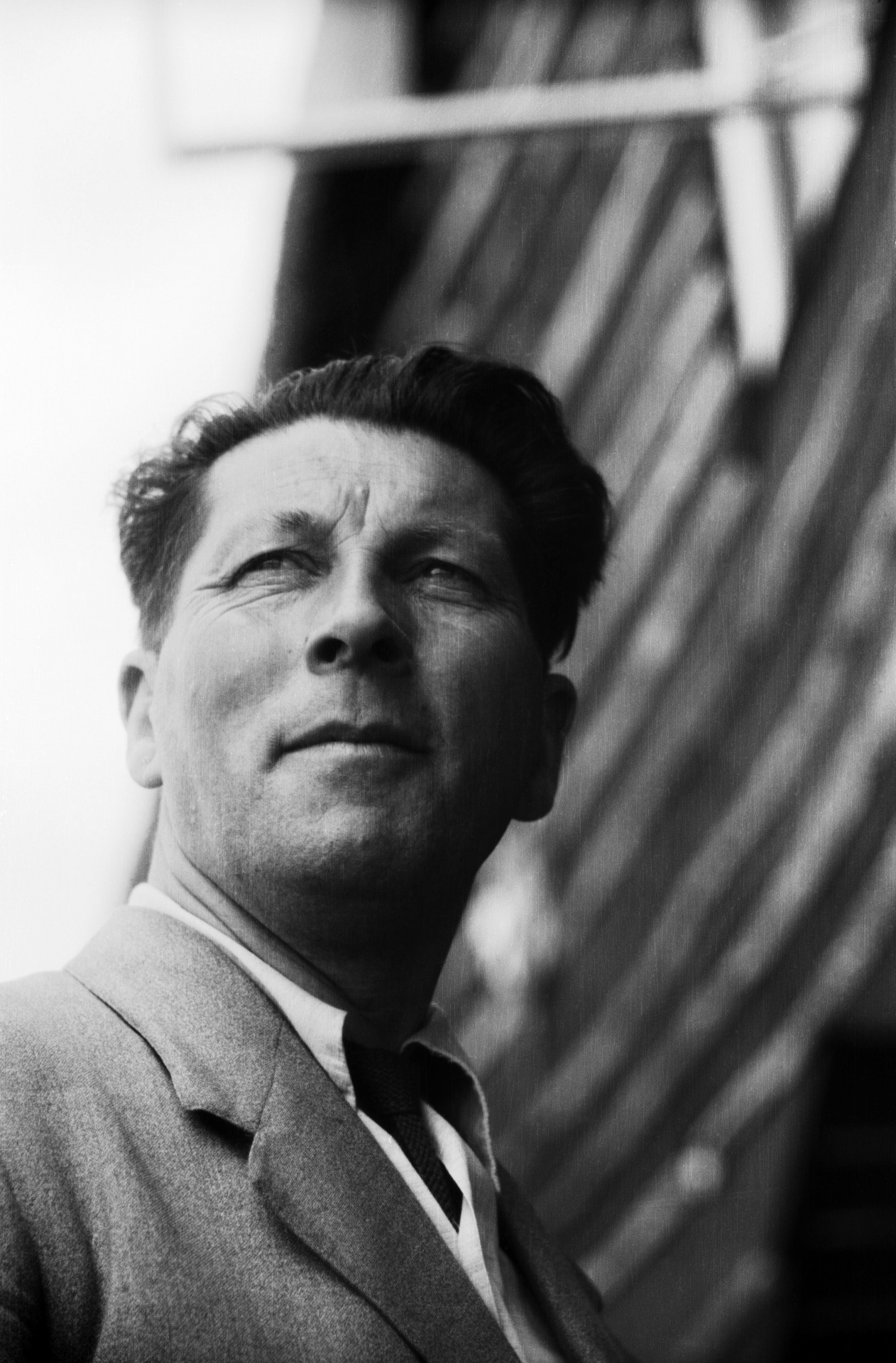
Gerrit Rietveld (1888-1964), born in Utrecht as the second of six children, was trained as a cabinetmaker by his father Johannes Cornelis Rietveld. From the age of 11 he worked in his father’s workshop in the Poortstraat in Utrecht.
In the years that followed, Gerrit Rietveld became a leading architect and designer. His work is characterised by simplicity, spaciousness and a new way of producing. His work is inextricably linked to the De Stijl movement and the Nieuwe Bouwen movement. Rietveld manifested himself as one of the most important Dutch designers of the 20th century.

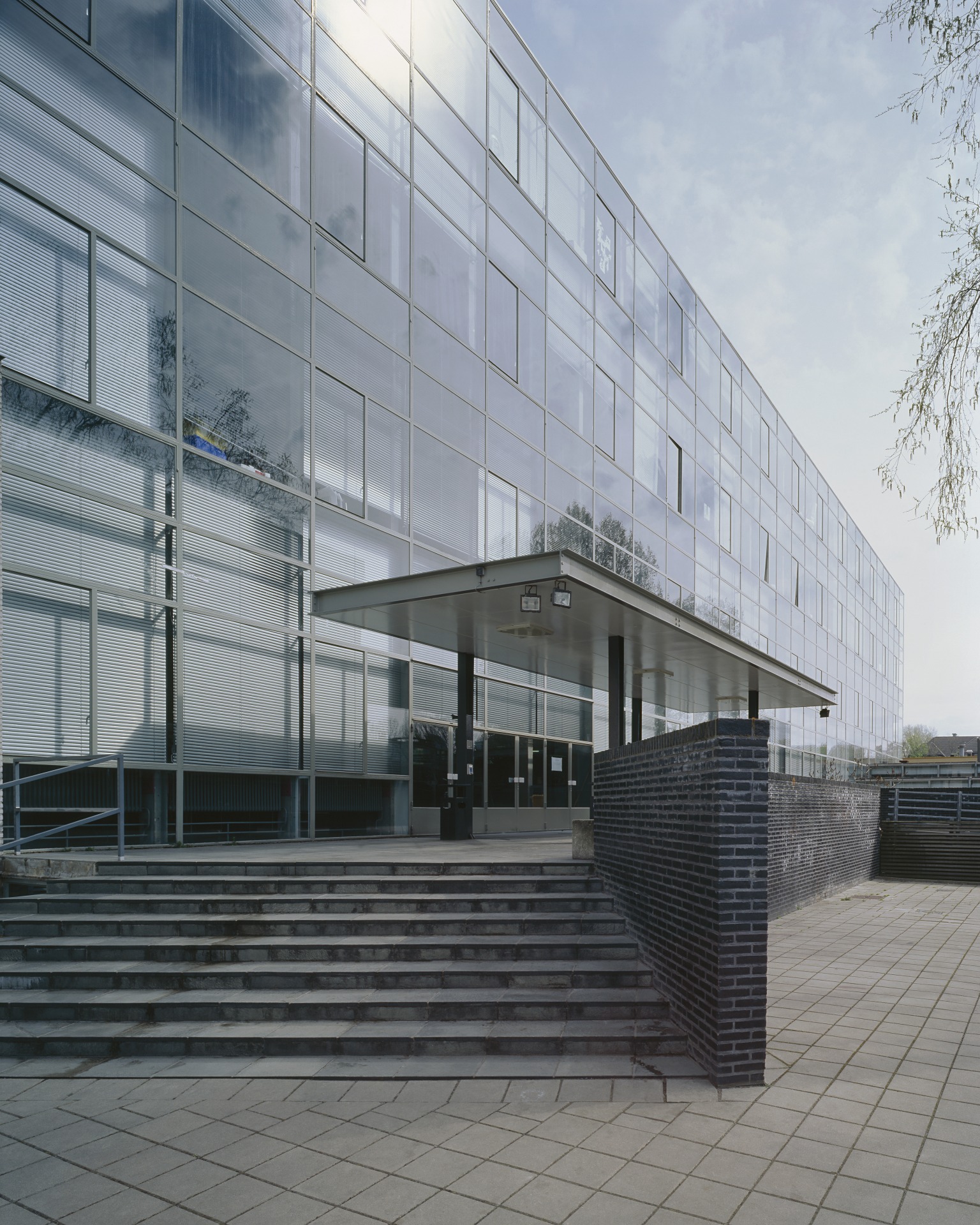
In the dynamic era of the avant-garde in the art world, Gerrit Rietveld developed from furniture maker to architect. In total he designed and realised more than 100 houses, ten larger buildings and three social housing projects.
The Architecture page on this website provides an overview of his work, divided into four chapters: the early years (1900-1924), the pre-war perio (1924-1945), post-war (social) housing and finally larger buildings from the post-war years.
In addition to the numerous written sources, a number of interesting film and audio documents about Gerrit Rietveld have also been published over the years. Including documentaries made for the VPRO and RietveldTV, and original moving image shot by Gerrit’s son Jan Rietveld.
Among the sound fragments is a special fragment of the award ceremony of Rietveld’s honorary doctorate at the Delft Technical University, and we hear Rietveld guide a tour of the Stedelijk Museum in Amsterdam.
-
29.08.2023Rietveld Academy publishes research on Gerrit Rietveld’s academy buildingThe Gerrit Rietveld Academy is pleased to announce that the 'Conservation Management Plan' (CMP) is available online. Read on.
-
11.10.2022Gerrit Rietveld’s Om-en-om-huizen (Alternating Homes)* in Reeuwijk-Brug. A unique Social Housing Project restored to its former gloryThe om-en-om houses in Reeuwijk were a special and unique social housing design by Rietveld. Recently the houses were restored to its former glory. Read on.
-
28.04.2022The Colours of the Red-Blue ChairThe first specimen of Gerrit Rietveld’s world-famous Red-Blue Chair was uncoloured and made of stained beechwood. Later versions were made in black, white, red, or monochrome with a contrasting colour for the rail ends. Read on.
-
17.03.2022Featured: At home with RietveldIn 1936, Rietveld renovated the Vreeburg cinema in Utrecht. On top of the cinema Rietveld designed an apartment where he and his family would live. Read on.
-
18.02.2022Gerrit Rietveld Academy through the lens of Kim ZwartsOver the years, the work of Gerrit Rietveld has been captured by many prominent writers, art and architecture historians, photographers, filmmakers and others. Among them, Kim Zwarts. Read on.
-
11.01.2022Film recordings of four building projectsAround 1960, Gerrit Rietveld and Willem Sandberg visited four of Gerrit's building projects from 1956-1959. Jan Rietveld, Gerrit's son, shot the film. Read on.
-
20.11.2021A new look for the Rietveld FoundationToday the Rietveld Foundation launches its brand new website. This website offers an overview of the life and work of the architect Gerrit Rietveld and gives insight into dealing with copyright and contemporary productions. Read on.
-
20.09.2021Gold and Silversmith’s Company 100 yearsThis year marks exactly 100 years since Gerrit Rietveld was commissioned to renovate the shopfront and interior of the “Goud en Zilversmid's Compagnie”. With this renovation, the jewellers' shop on Amsterdam's Kalverstraat received a special facade. Read on.
-
24.05.2021Rietveld Schröder House reopens on the 5th of JuneOn June 5, 2021, the Rietveld Schröderhuis reopens its doors to visitors after the Corona break. The Rietveld Schröder House is a Unesco World Heritage site. Almost everything is still in its original state. Read on.
-
08.04.2019Elling Buffet back in productionThe “Elling Buffet” is a leading early work for Gerrit Rietveld. With a construction consisting of the characteristic slatted structures, Rietveld played with the concept of spatiality when designing it in 1919 (the same period in which he designed the famous Red and Blue slatted chair). Read on.


